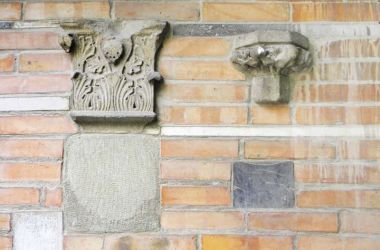Research Projects
The principles of locality and universality in architecture of the city, 2009 - 2013
The patterns of implementation of the principles locality and universality in urban architecture are considered in this work. Locality, defined as a contextual based component (which is a rather subjectively perceived ability of a building) of architectural objects, stands against universality which excludes the quality of context.
In a semiotic reading of architecture, it was established, that the ability to refer to an object’s context is based on the presence of architectural signs with non-utilitarian meaning.
The typological elaboration of contextual references leads to the detection of three basic types of architectural locality: superposed, representational and representational-superposed.
On the basis of the study of Central European architecture in the period between 1867 and 1938 it is shown that the major shortcoming of representational locality is its fundamental instability due to heterogeneous and changeable contexts and conditions.
This disappointment in representational locality, lead to its conversion to superposed and superposed-representational locality types, as well as to the principle of architectural universality.
It was defined, that the phenomena of architectural locality and universality fulfill socially important functions even in today’s context.
Author:
Anton Kolomyeytsev

